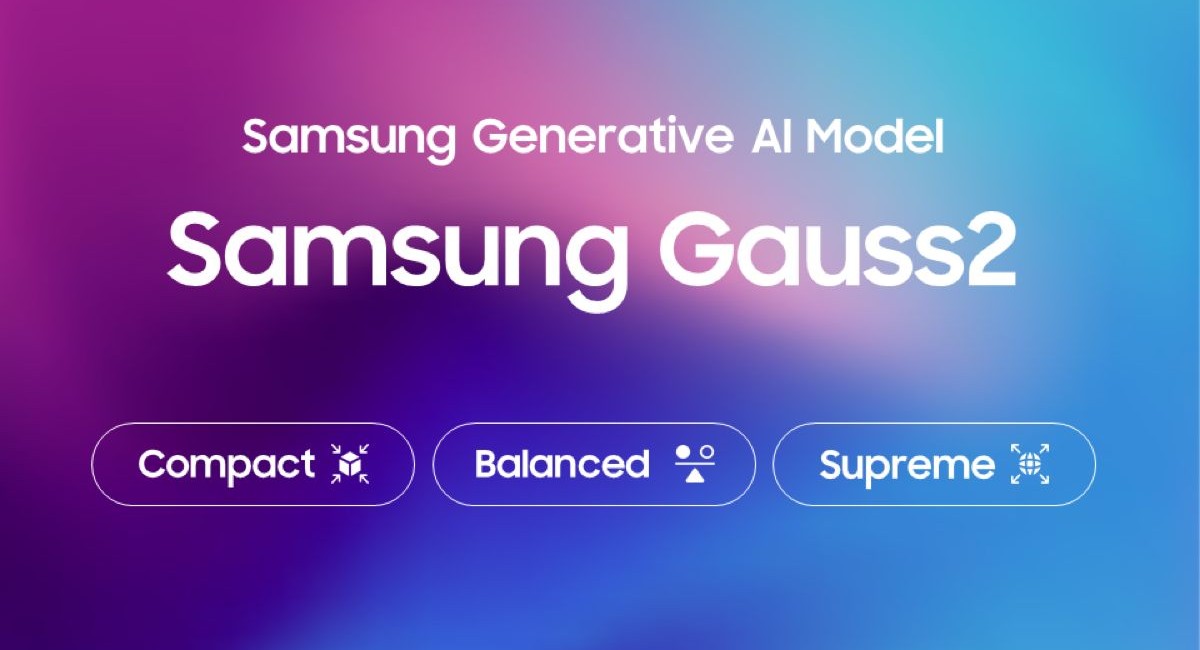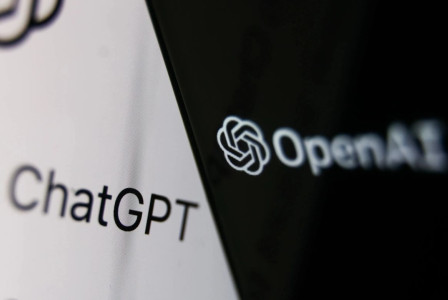SEARCH
Samsung unveils its improved generative AI model

SHARE IT
Samsung Electronics hosted the Samsung Developer Conference Korea 2024 (SDC24 Korea), a virtual event that showcased the company’s latest software innovations and vision for the future.
Since 2014, Samsung Electronics has held this annual event to engage and collaborate with software developers, making SDC24 Korea the 11th iteration. This year’s conference highlighted research related to software embedded in products such as generative AI, software platforms, IoT, healthcare, communications and data. It also delved into the culture of open-source development.
During the keynote address, the company unveiled Samsung Gauss2, the second generation of its proprietary AI model, and highlighted its improved performance, efficiency and various application possibilities.
Samsung Gauss2 is the follow-up to the company’s internal generative AI model unveiled last year, and it offers improved performance and efficiency in simultaneously handling various data types as a multimodal model integrating language, code and images. It is available in three distinct models catered to different purposes: Compact, Balanced and Supreme.
The Compact model is a small-sized model specifically designed to work efficiently, even in limited computing environments. It delivers optimized performance for on-device usage by maximizing the utilization of the device’s computing resources. On the other hand, the Balanced model focuses on achieving balance between performance, speed and efficiency, providing consistent performance across diverse tasks. Finally, the Supreme model aims for top-notch performance by leveraging Mixture of Experts technology1 atop the Balanced model, allowing significant reductions in computational costs during training and inference processes while maintaining high levels of both performance and efficiency.
Samsung Gauss2 supports 9 to 14 languages as well as various programming languages, depending on the model. Samsung has developed and incorporated its own stabilization techniques for training large language models (LLMs) and designed a custom tokenizer to ensure maximum efficiency for these supported languages.
The Balanced and Supreme models offer equal or superior performance in key metrics such as generating responses in various languages including English and Korean, and coding capabilities compared to leading open-source generative AI models currently available. Additionally, their processing speed per hour is 1.5 to 3 times faster, enabling quicker AI response generation, reduced user wait times and more efficient task handling.
Having an internal generative AI model allows easier customization so that optimal performance can be achieved for specific goals and applications. Samsung Gauss is already being used in various tasks for Samsung’s employees, leveraging its customizable development capabilities.
With the power of Samsung Gauss, the in-house coding assistant ‘code.i’ assists the company’s software developers. Now upgraded to Samsung Gauss2, it is being utilized by business units within the Device eXperience (DX) Division and overseas research institutes.
Since its launch last December, the monthly usage of code.i has quadrupled, with about 60% of all software developers in the DX Division are now using it. Additionally, Samsung Gauss Portal is a conversational AI service powered by Samsung Gauss that assists employees within the DX Division as they handle various office tasks — such as document summarization, translation and email composition. The service was expanded to overseas subsidiaries in April. In addition, starting from August, Samsung is using Samsung Gauss to call center staff to automatically categorize and summarize customer calls.
Moving forward, Samsung aims to continuously increase productivity within the company by applying Samsung Gauss2, to improve the performance of the code.i service, enhance the natural language question-and-answer function of the Samsung Gauss Portal, and support multi-modal functions like understanding tables and charts and creating images.
Moreover, under the AI vision of “AI for All,” Samsung will continue to expand the reach of its AI-based services across all product lines so that users can experience more convenient and enjoyable daily lives. And by integrating knowledge graph technology with AI, Samsung expects to provide even more enhanced personalization services.
MORE NEWS FOR YOU

 Help & Support
Help & Support 

